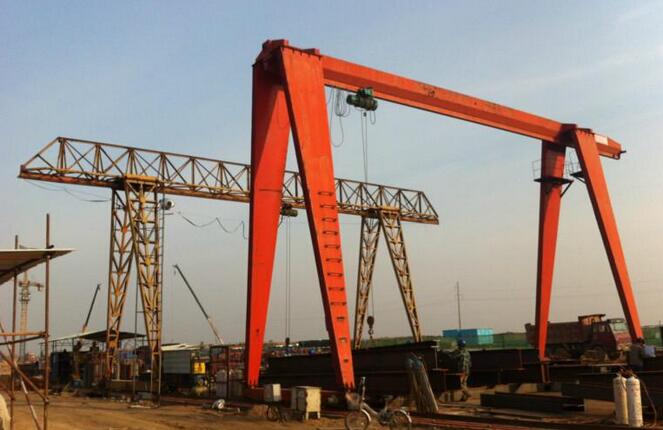Purchasing a gantry crane involves spending thousands of bucks in one shot. You would want to compare the pros and cons of different models, check out the prices of different brands, and finally shortlist a model that suits your projects. If you are not sure what factors to keep in mind while comparing different gantry cranes(grua de portico), following are four must-know facts that will help you buy the best one in the industry.

1. Duty cycle
Why are you buying the gantry crane? Will you use it as a maintenance crane or a production crane? If you use it as a production crane, it should have a heavy-duty cycle. On the other hand, if you use it as a maintenance crane, a shorter cycle will be enough. The best way to figure out which duty cycle is suitable for your gantry crane is to decide how often you will use it. Suppose you want to use the crane(grua semiportico) every hour and need it to lift objects equal to its full capacity. In that case, you will require a gantry crane with a heavy-duty cycle.
2. Capacity
It’s crucial to pick a gantry crane that has the capacity to match or surpass the weight of the objects that you usually want to lift. This would reduce the frequent wear and tear of the crane. For example, if the highest weight of the object that you want to lift is 10 tons, then the gantry crane should have a weight-lifting capacity of at least 12 or 15 tons. If you buy a 10-ton crane, it would wear down quickly because its maximum weight lifting capacity will come into use frequently.
3. Speed
Construction projects or moving vessels in the dock require gantry cranes to work at a high speed. Some of the speeds of different parts of the gantry crane are as follows:
• Bridge speed – 100 fpm
• Trolley speed – 70 fpm
• Hoist speed – 30 to 60 fpm
The capacity of the crane also plays a big role in increasing or reducing the overall speed. Depending on your projects, you can opt for a crane that comes with a higher speed from Aicrane Machinery(Aicrane Maquinaria).
4. Area coverage
Area coverage doesn’t mean the space the crane will occupy. Instead, it refers to the working area of the crane that you will need to reach the load hook. Professionals call it the hook approach. It is the minimum distance from the horizontal side of the crane to the parallel side of the runway. On the other side, it’s the hook’s centerline to the horizontal distance of the hook.
You need to first calculate the approximate coverage your projects will take before buying the crane. Here are a few dimensions that you can measure:
• Runway conductor location
• Number of Cranes required on the runway
• Approximate length of the runway
• Below-the-hook dimensions
• Face of the building column to center of runway rail
Investing in a gantry crane is a big deal for many companies, especially because of the cost involved. It’s better to compare a few models based on the factors above instead of blindly spending on the first crane that you see it now: https://aicrane.com.mx/venta-de-gruas-porticos/.